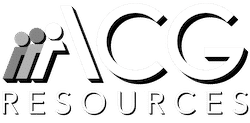For businesses in America, outsourcing is a word that is typically associated with saving money due to the higher costs of doing business in America compared to most other places in the world. Outsourcing can also help a company focus on its core business while another firm or company handles tasks that are important but could be handled elsewhere. These tasks include those related to human resources, hiring talent, accounting, legal, and information technology. One last pro of outsourcing is that if the task is outsourced to the right company, the task could be handled by people with much more experience and proficiency than anyone a company could give the task to internally. For example, outsourcing accounting tasks to a firm that has a combined experience of 300 years in the field vs having someone internally complete the task who has 20 years of experience. One of the obvious cons is a loss of control/oversight with regards to the task being completed. Another con if a company is outsourcing overseas are potential culture, language, or ethical barriers. Lastly a con/risk of outsourcing is the disclosure of information that a company did not want disclosed; either to a competitor or to the public.
The pros and cons of completing a task internally are basically the opposite of outsourcing. The company can maintain closer control/oversight of the production of the good or service, to include a lesser chance of accidental disclosure of information. There are less likely to be cultural, language, or ethical barriers. There is also one unique pro to completing a task via insourcing, and that is positive PR due to the negative PR that accompanies businesses’ decisions to “ship American jobs overseas.” But these come at generally increased costs and not necessarily the most experienced people handling the work (unless a company hires a highly experienced person or group of people, but that of course leads to further increased costs). Ultimately a company’s decision on whether to outsource or insource should be evaluated on a case-by-case basis depending on what resource is the most important (such as cost vs control).











